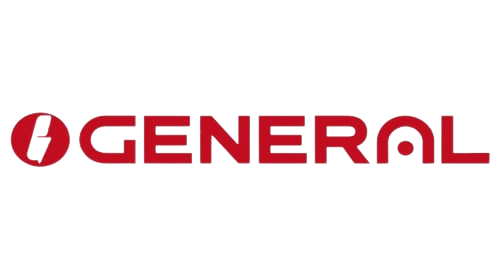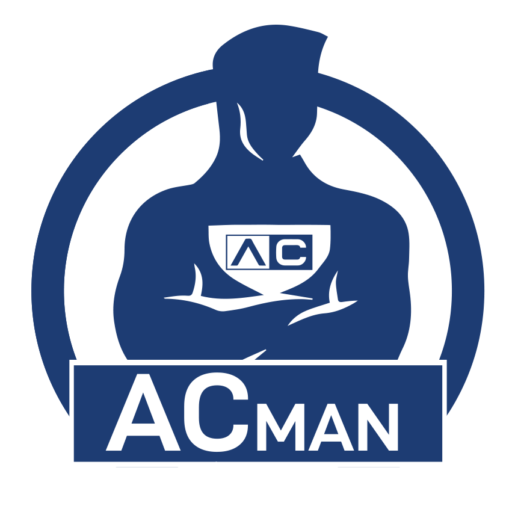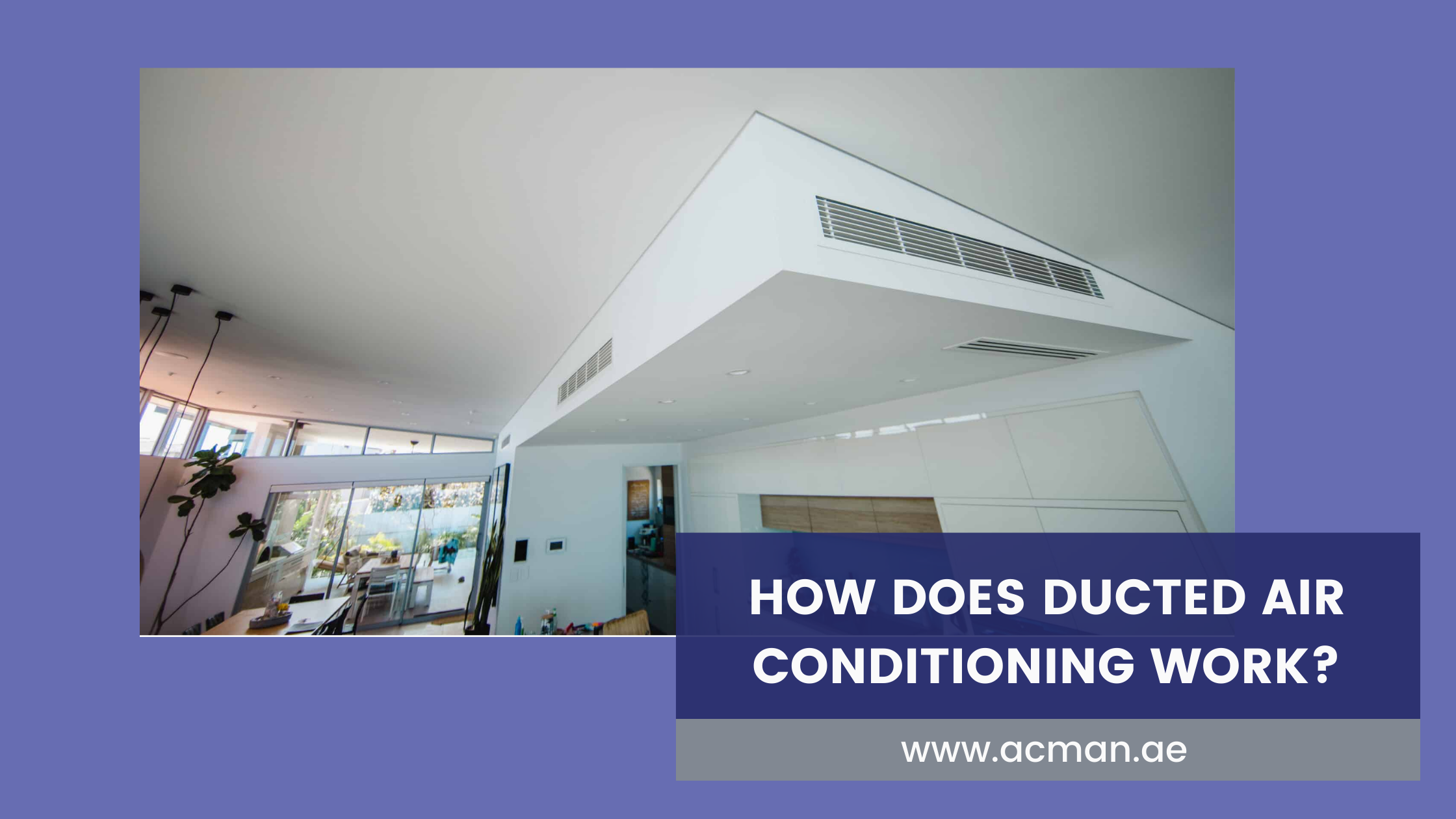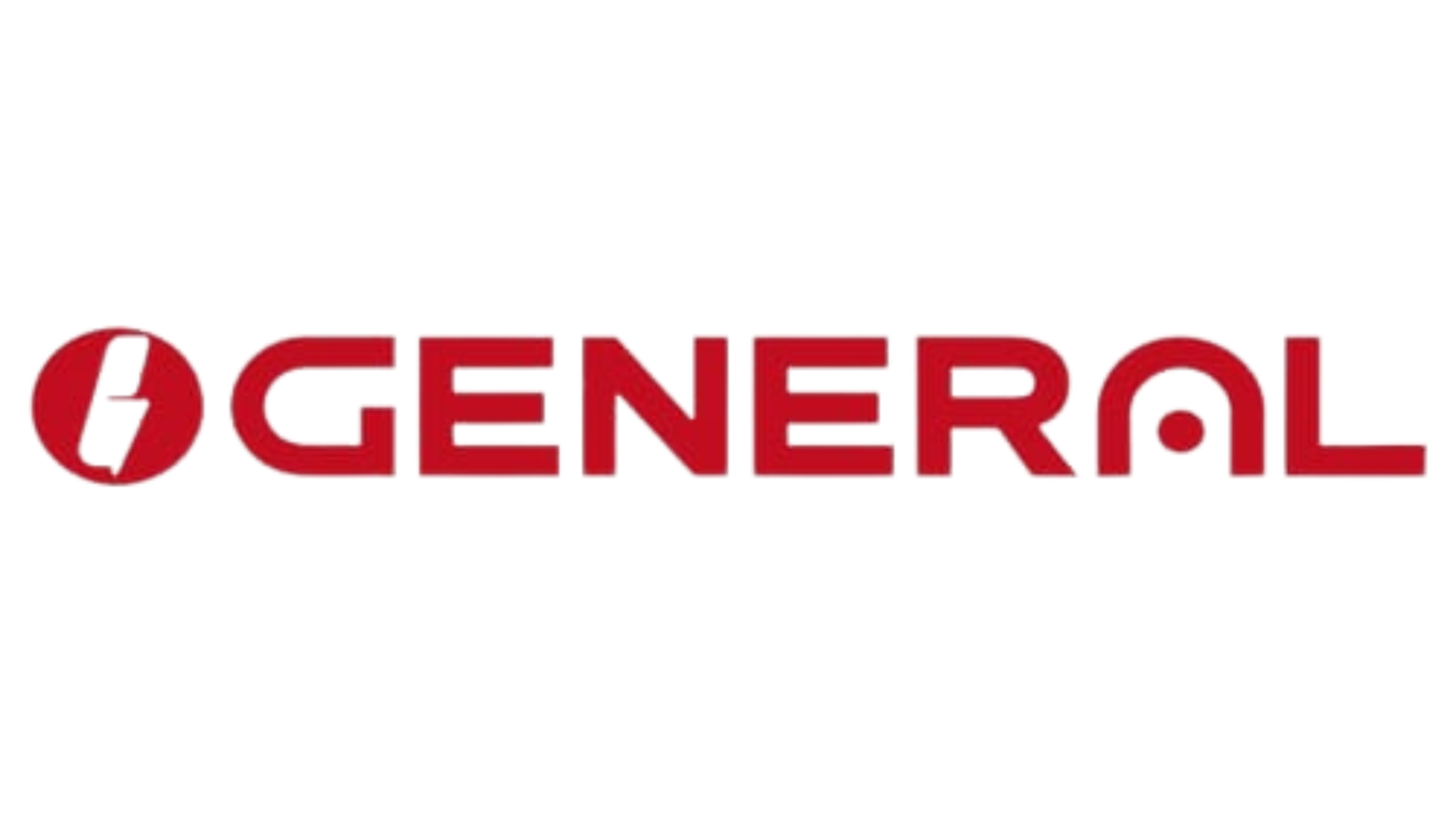Ducted air conditioning systems provide complete home heating and cooling by circulating air through ductwork. The central unit contains key components like a condenser, compressor and air handler, typically installed in the basement, attic or garage. Air gets drawn back into the system via return air vents located in different rooms. This return air gets filtered to remove dust, pollen and other particles. It then passes over heating/cooling coils that warm up or cool down the air based on the mode running. Blowers or fans in the air handler circulate this conditioned air into the home through a network of supply air ducts and vents.
How Does Ducted Air Conditioning Systems Work?
Ducted air conditioning works by using a system of ducts to distribute cool or warm air throughout a building. Here’s a simplified explanation of how it works:
1. Cooling/Heating: The air conditioning system consists of a central unit that cools or heats the air, usually located outside the building. This unit contains a compressor, condenser, evaporator, and fan.
2. Air Circulation: The conditioned air is circulated through a network of ducts installed in the walls, ceilings, or floors of the building. These ducts can be made of metal or flexible material.
3. Registers and Grilles: The ducts have small openings called registers or grilles in each room or area, allowing the conditioned air to be released.
4. Return Air: Within each room, there is a return air grille that draws the air back into the system for reconditioning. This helps maintain a constant temperature throughout the building.
5. Thermostat Control: The system is controlled by a thermostat, which allows you to set the desired temperature. When the temperature deviates from the set point, the thermostat sends a signal to the central unit to adjust the cooling/heating.
6. Zoning (Optional): Some ducted air conditioning systems allow for zoning, where different areas or rooms can be set to different temperatures. This is achieved by using dampers within the ductwork to control the airflow to specific zones.
7. Air Filtration: Ducted air conditioning systems often incorporate air filters into the return air pathway. These filters help remove dust, pollutants, and allergens from the air, improving indoor air quality.
8. Duct Insulation: Proper insulation of the ductwork is essential to prevent energy loss. Insulated ducts help maintain the desired temperature of the conditioned air and minimize heat exchange with the surrounding environment.
9. Energy Efficiency: Ducted systems can be energy-efficient when designed and installed correctly. By centralizing the cooling or heating process, ducted systems can be more efficient than individual room units, especially in larger buildings.
10. Maintenance: Regular maintenance, including cleaning or replacing air filters and inspecting ductwork for leaks and damage, is crucial to ensure the system operates optimally. Proper maintenance helps maintain efficiency and prevent issues with airflow and air quality.
11. Air Distribution Design: The design of the ductwork and the placement of registers or grilles play a significant role in achieving balanced air distribution. A well-designed system considers factors such as airflow velocity, duct sizing, and optimal placement of registers for even cooling/heating throughout the building.
It’s worth noting that while Duct AC is a popular choice for central cooling or heating, there are alternative systems available, such as ductless mini-split systems, which do not require ductwork. The choice between ducted and ductless systems depends on various factors, including the building’s layout, installation cost, and specific requirements.
Installation and maintenance
Installing a ducted air conditioning system is more complex compared to Window AC or Portable Air Conditioners. The intricate network of air ducts hidden within walls and ceiling cavities requires proper planning and execution. However, if correctly designed and fitted, Duct AC systems provide numerous advantages not possible with individual room units. These include superior energy efficiency as one central system cools the entire home. Noise is also drastically reduced compared to loud window units, as the compressor and main components are kept away from living spaces.
Ducted AC systems deliver heating/cooling more evenly throughout the home due to air circulating through vents in every room. Whole home air quality improves as well since the air is filtered continuously as part of the circulation process. Regular maintenance is crucial for optimal performance, including tasks like changing air filters, draining condensate, checking refrigerant levels and getting annual tune-ups done by qualified HVAC technicians. This helps detect and address any issues early.
Benefits of ducted air conditioning
- Energy efficiency: Ducted air conditioning systems are more energy-efficient than other types of air conditioners, such as window units or portable units. This is because they use a central unit to cool or heat your entire home, rather than multiple units in each room.
- Quiet operation: Ducted AC systems are much quieter than window units and portable units. This is because the central unit is located outside of your home, and the ducts distribute the air evenly throughout the house.
- Even cooling and heating: Ducted air conditioning systems provide more cooling and heating throughout your home than other types of air conditioners. This is because the air is distributed through a network of ducts, rather than just from one or two units.
- Improved air quality: Ducted air conditioning systems can help to improve your indoor air quality by filtering the air and removing pollen, dust, and other allergens.
- Increased home value: A ducted air conditioning system can increase the value of your home.
Choosing the Right Ducted Air Conditioning System
When selecting a ducted air conditioning system, there are a number of factors to consider, such as the size of your home, the local climate conditions, usage requirements and budget. It is crucial to choose the appropriately sized system for optimal functioning. Consulting qualified HVAC technicians is highly recommended to help determine the best Duct AC system based on your home’s heating and cooling needs. Their expert advice can ensure you get a system matched to your specific requirements.
Future Trends in Ducted Air Conditioning Technology
Ducted air conditioning technology continues advancing with various new innovations. One major trend is the development of inverter-driven compressors which offer higher energy efficiency and lower noise compared to traditional compressors. Another progress area is zoning systems that let users control temperatures independently in different zones or rooms in the home. This provides personalized comfort and efficiency in homes with separate floors or frequently occupied areas.
Ducted systems are gaining popularity worldwide as consumers look for efficient, silent and convenient cooling/heating solutions. More next-gen advancements expected in future include systems with even better efficiency, lower sound, air quality enhancements, smart connectivity and more customization.















